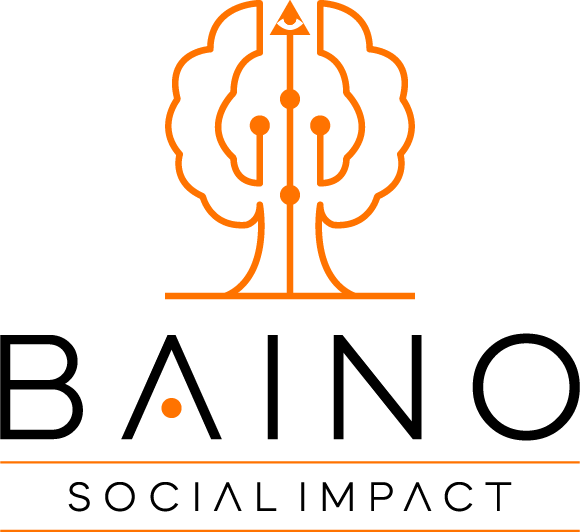First, let’s build the ease of access to clean drinking water and sanitation.
It’s no secret that water is vitally important. Water is life.
Water is the driving force of all nature, a direct representation of the magic of this planet. The secrets of nature, both above and in the underground world, are embedded in water because the water and life cycles are one in one. It is indeed the driving force of all nature and the cure for almost everything. Thousands have lived without love, care, and other essentials, but not water. Humans are water if they are anything specific. Water is everything and can change everything because it is life.
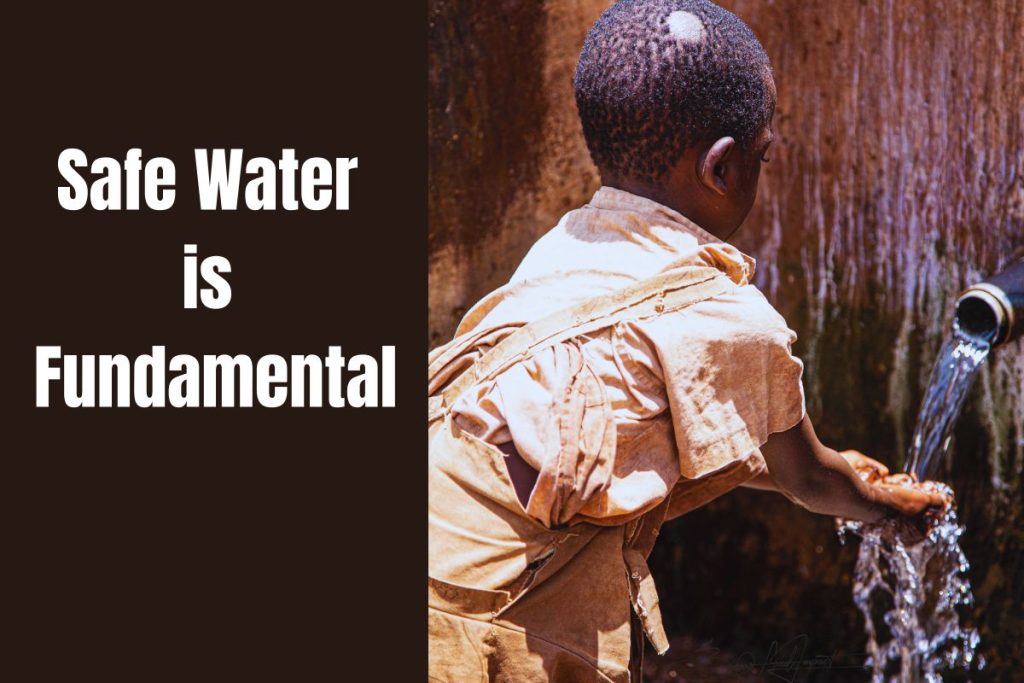
According to the United Nations General Assembly, access to safe water is a fundamental human right. It was stated that clean drinking water and sanitation are essential human needs in every person’s life. ‘All people have the right to safe drinking water, sanitation, shelter, and basic services.’ Hence, access to safe water is a fundamental component of life.
A lack of clean water and poverty are intricately intertwined and mutually reinforcing.
The United States Geological Society defines “Safe water” as water that will not harm you if you come into contact with it. The most common use of this term applies to drinking water, but it could also apply to water for swimming, farming or other services. To be safe, the water must have low enough concentrations of dangerous pollutants.
Safe water is for drinking, bathing, cooking, cleaning and other activities. And according to the World Health Organization, the source of that water shouldn’t be far—less than 1 kilometre (.62 miles) away. At least 20 litres (5.28 gallons) are to be readily available per person daily.
Safe Water and Poverty
In this field of water, in connection to other aspects of life, poverty is defined by its symptoms. That is to say; poverty is losing a child to illness brought about by unclean water. Poverty is hunger. Poverty is a lack of shelter and being sick but unable to see a doctor. Poverty is not having access to school and not knowing how to read. Poverty is not having a job and a fear of the future. It means living one day at a time in challenging circumstances. Poverty is powerlessness, lack of representation, freedom, and the resources to change pressing circumstances.
A lack of access to safe water means a lack of the ability to protect oneself against all the above and the tools required to build a reliable ecosystem on which communities can depend.
Water management is, therefore, a key factor in the battle to eradicate the scourge of extreme poverty and to build secure and prosperous lives for hundreds of people. A relief in the water crisis is a relief from the challenges of poverty.

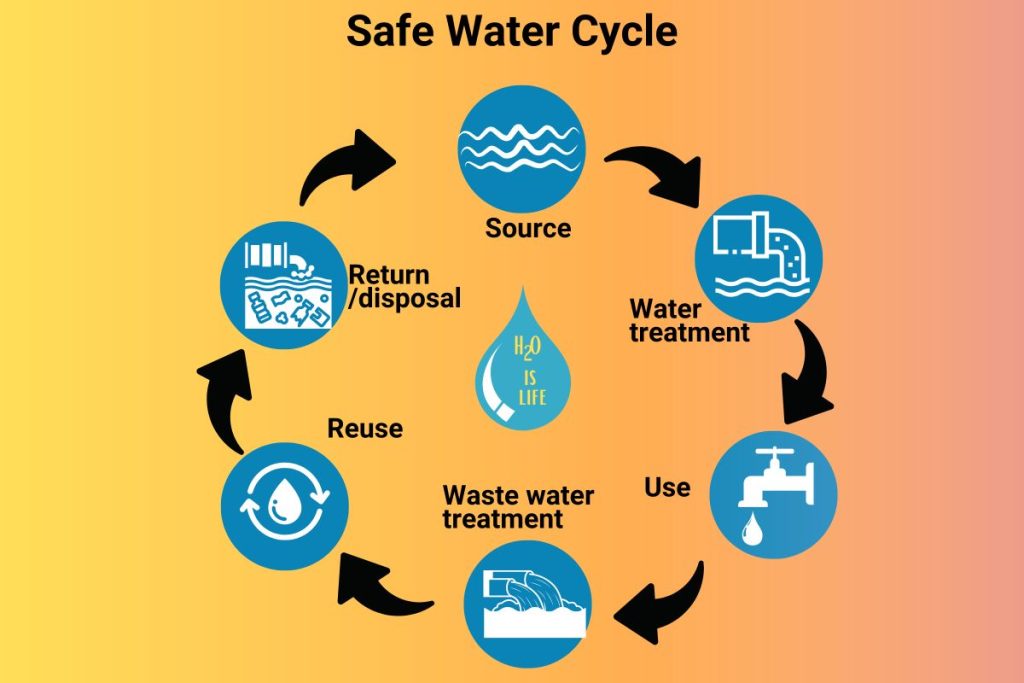
Water management, sometimes used interchangeably with water resource management, is the term used to describe the activity of planning, developing, distributing, managing and optimising the use of water resources. It includes the control and movement of water resources to minimise damage to life and property and to maximise efficient, beneficial use. It is an aspect of water cycle management.
Even in the universal blueprint to end worldwide poverty and achieve a better future planned by the United Nations (UN) Sustainable Development Goals (SDGs), virtually every one of the 17 SDGs requires access to clean water.
It indicates that a community can’t escape poverty without access to safe water.
WASH is a commonly used acronym for a simple solution with a life-saving impact. Water, Sanitation and Hygiene are pillars of development work around the world.
Safe WASH is not only a prerequisite to a healthy environment and a fundamental characteristic of fighting any pressing community issues. It also contributes to livelihoods and school attendance; it builds dignity and helps to create resilient communities.
As a sector, WASH is vast and includes technical and non-technical systems, including excreta management systems, wastewater management systems (e.g., wastewater treatment plants), solid waste management systems and hygiene promotion, and drainage systems for rainwater (stormwater) drainage.
Water sanitation is the process of cleaning and purifying water to be safe for use. It includes using filters that remove impurities from water.
Health
Relationship Between Safe Water and Poverty In Health
The potential of water management as an engine for straightforward economic development is profound, not just for poverty reduction, environmental sustainability and improved health but also for general livelihood development.
Water management must be linked to all poverty reduction processes at all levels. This critical approach to integrated water resources management is part of a more comprehensive poverty reduction and sustainable development process. The linking of the two promises a wide range of positive experiences demonstrating beneficial social, environmental, and economic impacts.
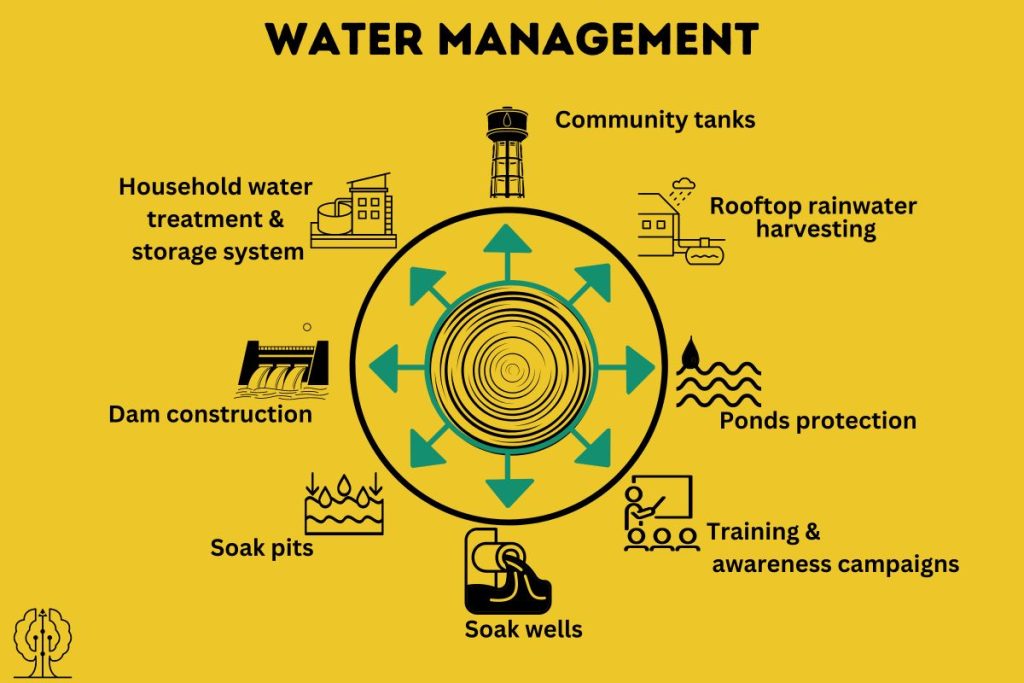

Enabling access to safe water solutions in communities is an act of alleviating poverty and suffering. With safe water, people can be hydrated, well-nourished, and mentally and physically healthy, allowing them to function at their full potential in their working environments, schools, and elsewhere.
Global reports have indicated that water-borne illnesses cause a preventable death every ten seconds. Every 21 seconds, a child under five dies from a sickness stemming from contaminated water. The scarcity of safe water is responsible for keeping a large population in a cycle of the three significant challenges faced in the Busoga region: poor health, illiteracy, and poverty.
In developing countries, 80% of sicknesses are due to drinking and washing with contaminated water. In unprivileged areas in such countries, like the Busoga region in Uganda, sickness is a widespread occurrence as a result. Yet, as already proven, it is costly, incurring several other costs.
Evidence suggests that improving service levels towards safely managed drinking water or sanitation, such as regulated piped water or connections to sewers with wastewater treatment, can dramatically improve a person’s overall health, including reducing diarrhetic disease deaths.
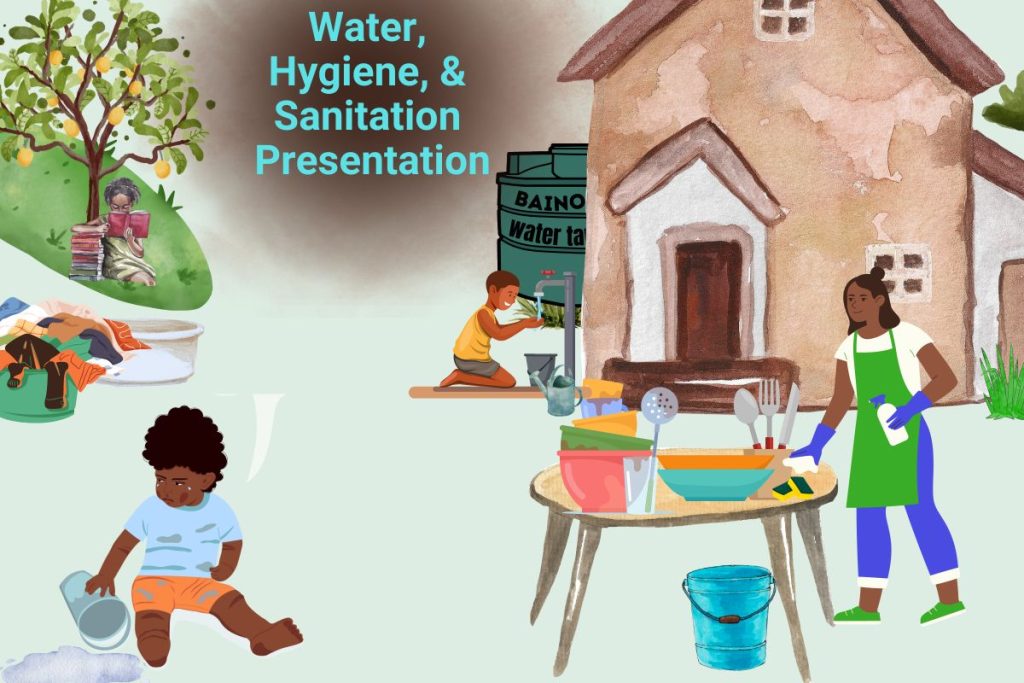
Providing access to safe and sufficient water and improved sanitation is the most effective way to improve health. It mitigates other environmental and social determinants that put the poor and most vulnerable (especially women and children) at risk of diseases, disabilities, poor nutrition and premature death.
Integrating water, sanitation and hygiene promotion into health and management development systems is one of the most effective strategies for attaining the Millennium Development Goals and reducing poverty.
This integration is one of the reliable channels through which access to health care services will be afforded to everyone – including building health clinics, training health care workers, investing in equipment and medicine and increasing the chances of children growing up healthy and strong.
Agriculture
Relationship Between Safe Water and Poverty In Agriculture
Agriculture is more effective in reducing poverty faster than any other sector. It is, and will continue to be, a key sector for many poor people. Members in rural areas rely on agriculture for healthy foods and income from their yields. This healthy, nutritious and safe food makes them physically and mentally strong enough to be productive, address food security issues, and secure their future.
Since 84% of those who don’t have access to safe water live in rural areas, all other forms of production are naturally affected. With access to clean water, agriculture gets an immediate improvement, thus a poverty reduction.

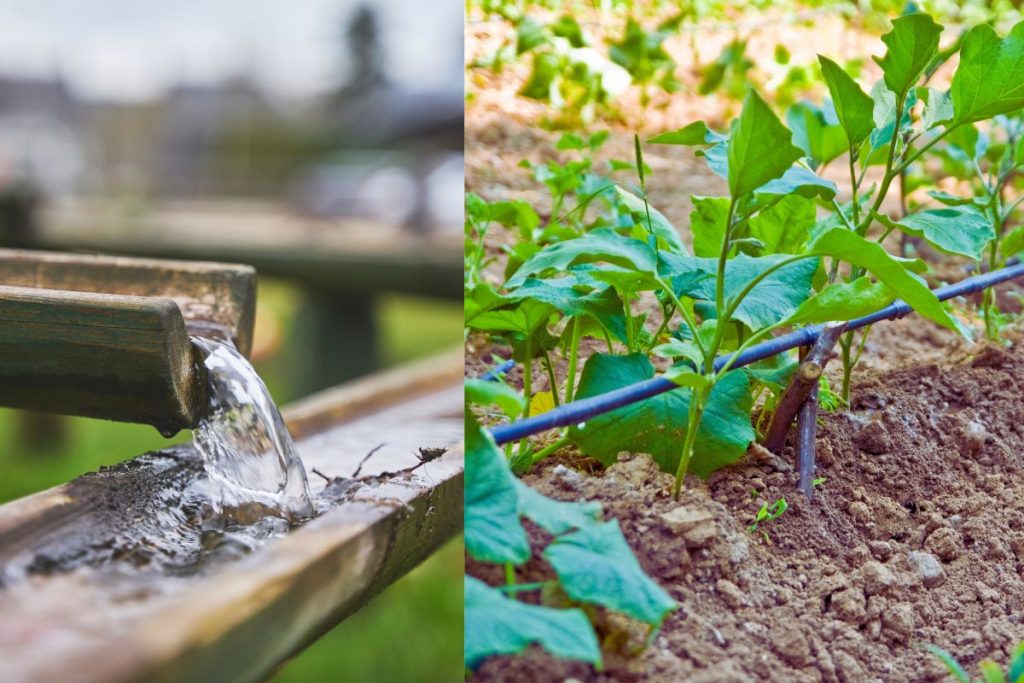
From the local farmers’ market to large global businesses in agriculture, manufacturing, and service industries, all businesses rely to some extent on consistent access to safe water and sanitation. Water is essential for growing and processing raw goods for food and textiles. It is necessary for industry and manufacturing, from local farmers washing produce to processing goods like coffee and cotton to steel manufacturing.
Approaches of the new eco-system to sanitation, which are based on the systematic implementation of the reuse and recycling of water, human faeces and urine by using modern and safe sanitation and reuse technologies, can play a crucial role in increasing yields in subsistence farming and market production of urban and rural agriculture, while simultaneously helping to preserve soil fertility, assure food security, and minimise water pollution.
Water problems are sometimes reflected in rainfall variability, which is likely to increase with climate change. One of the key strategies to curb this issue is improving the efficiency of existing irrigation practices, extending the irrigated area, extending rainwater harvesting and improving on-farm water management in rainfed agriculture, crop diversification and improvements in crop strains.
Economic Growth
Relationship Between Safe Water and Poverty In Economic Growth
Investing in water for economic growth, poverty reduction, and sanitation is a rational economic strategy that must be taken, whether talking about large-scale infrastructure or small local developments.
Ease of access to abundant and safe water at all levels can generate jobs in rural areas and increase the quality of their output to make them competitive.
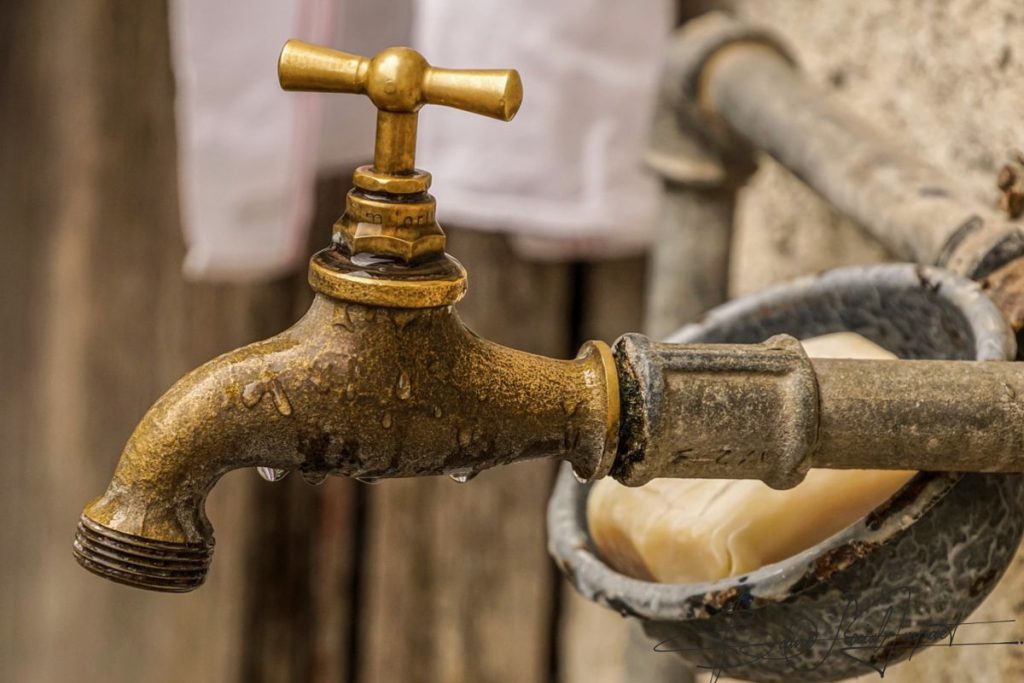
Water management can be a catalyst for such growth. This is especially true at local levels, where it can provide vital inputs into productive activities and create opportunities for local entrepreneurs in accessing and supplying technologies, constructing facilities and providing the required services. The potential of local entrepreneurs remains untapped and can be a vital link in poverty reduction. Local investments can also generate high returns, retain benefits in the local economy, and generate significant multiplier effects.
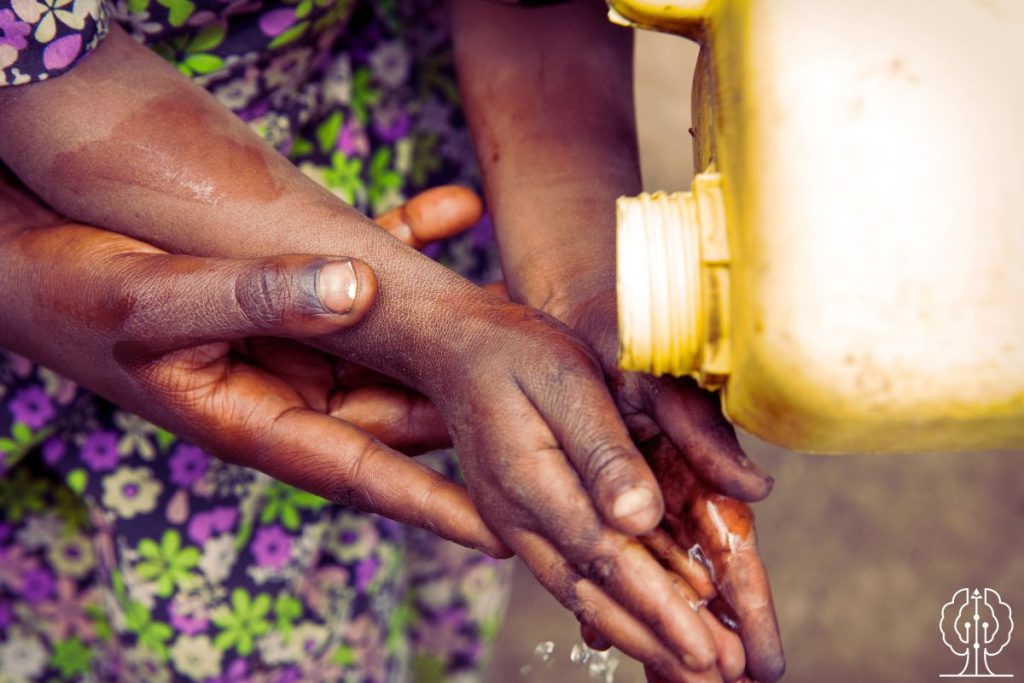
Financial support from the international community is acknowledged and appreciated. It continues to be essential in improving the lives of several communities in the developing world. However, local people have to be trained and encouraged to invest whatever they can to help themselves, starting with those who are able and willing to invest. It’s vital to ensure that low-income families are at the centre of becoming self-sufficient and rising above poverty through their earnings without being dependent.
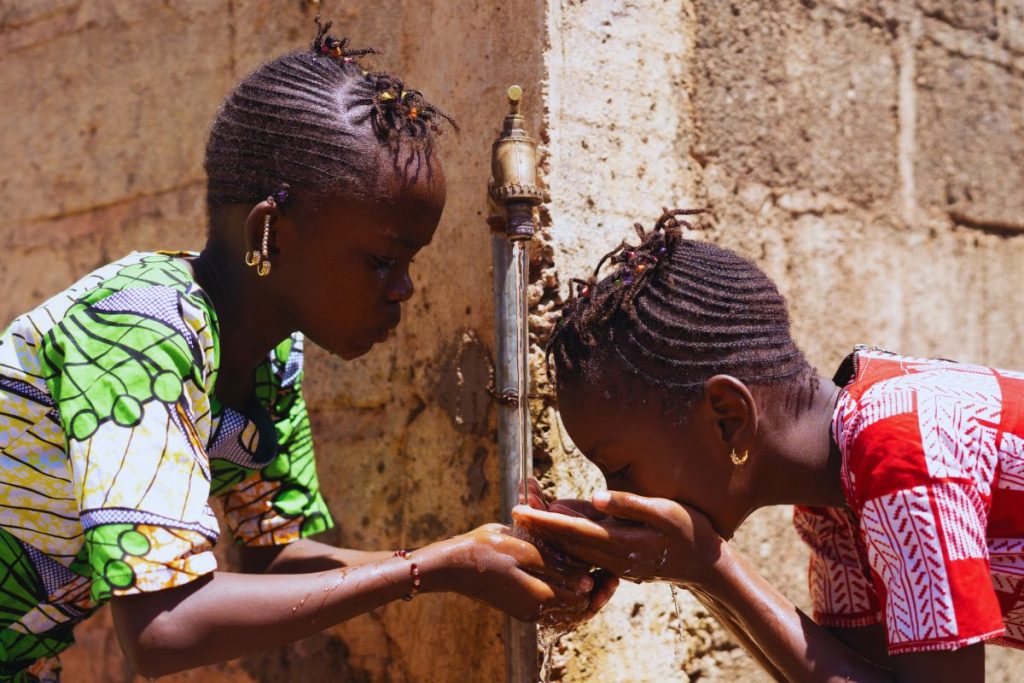
Water and poverty are entwined for both employees and consumers. Without safe water and sanitation during the day, workers and customers must leave their job or market to find water and a place to go to the bathroom. Employers providing safe drinking water and adequate sanitation facilities can retain healthier and more productive employees.
Schools in rural areas often find it very difficult to retain teachers when they cannot provide sanitation facilities in or near the school.
Water management is vital for the health and welfare of people experiencing poverty and the ecosystems on which they depend. It is a crucial factor of production in the survival of all households and economies of the nation and local businesses.
Water management is community management, as it is a resource in its correct and essential in building school latrines and community water points across the region.
Conflicts
Relationship Between Safe Water and Poverty In Conflicts
The basis of struggles and clashes of interest may vary from personal, political and class to several others. The effects of such conflicts can sometimes prove to be fatal and far-reaching. A lack of access to water has played a role in some conflicts faced in the Busoga region, some of which have conversely made the situation more challenging than it already was.
When a conflict arises over water, it often comes down to managing the water supply. Water quality, the amount available, and ease of access are all crucial factors in water security. When people experience insecurity, it can affect their trust in the government and individuals in lower positions of authority who are usually responsible for offering help calming down high tempers.
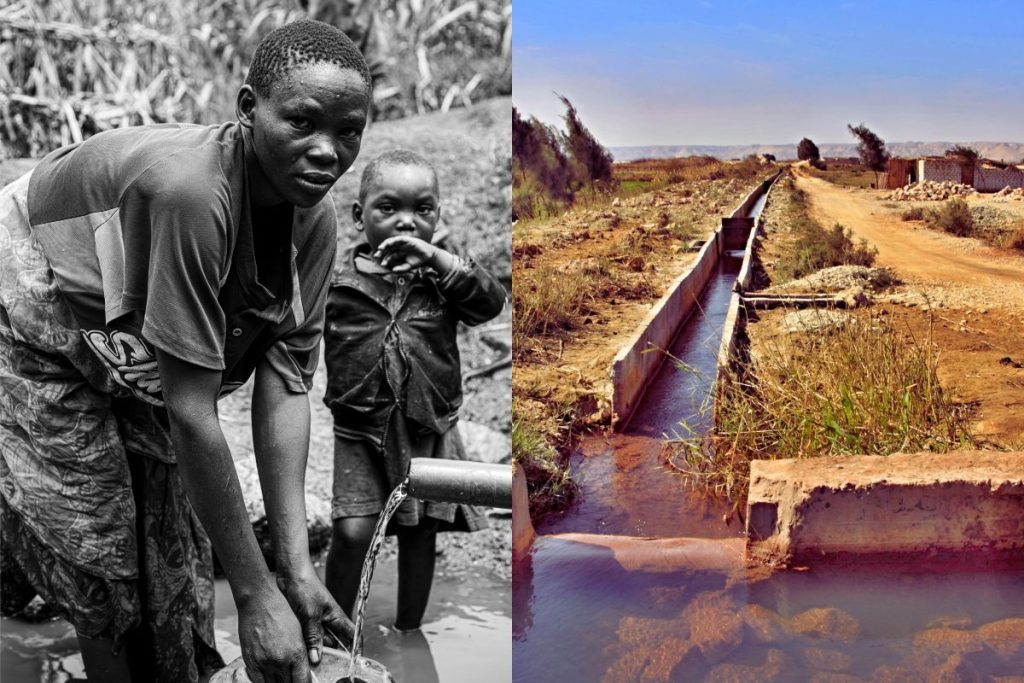
Sometimes, water can be used as a weapon by controlling or blocking access to the supply to affect or distress all other spheres of the opponent’s life, especially in a socio-economic sense. It is no wonder that sometimes access to clean water could be a matter of life or death.
Therefore, to address water issues is to address the socio-economic problems.
Gender Inequality
Relationship Between Safe Water and Poverty In Gender Inequality
Gender-specific issues relating to water can impact economic opportunities for women in numerous ways. Lack of water affects women in terms of sanitation needs. Women and girls need water more during menstruation, pregnancy, and caregiving. Women and girls cannot fully participate in society when those needs are unmet.
In households where girls are obligated to fetch water, this dramatically affects their time for school or work. This factor carries several long-term negative consequences.
Girls who carry water over long distances are less likely to go to school—to become educated and reduce the gap of gender equality.
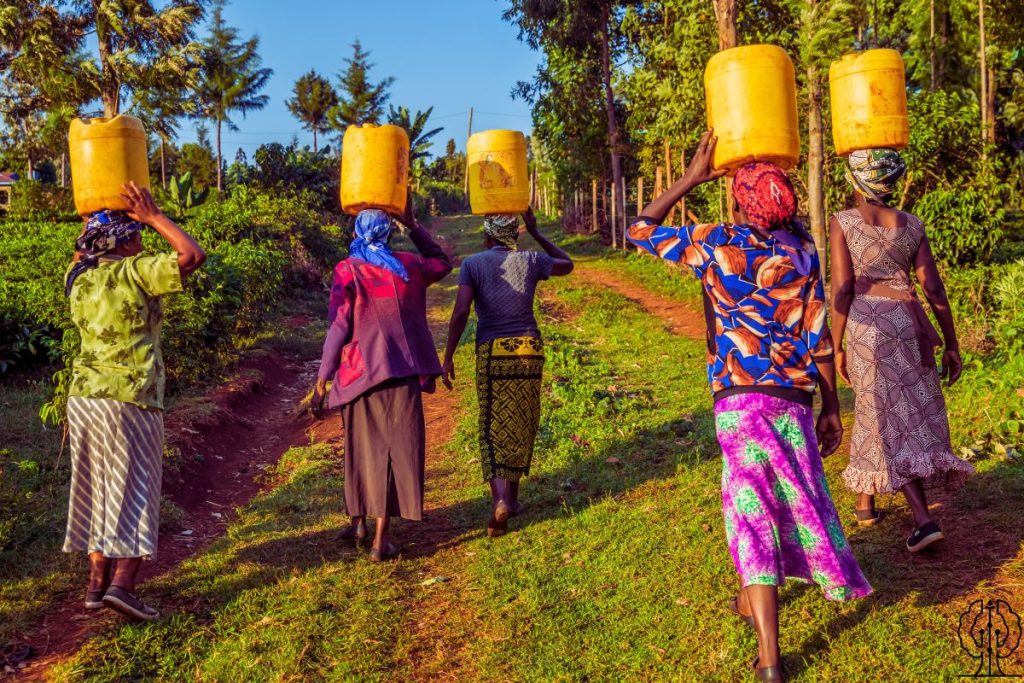
It is estimated that over 40 billion productive hours are lost each year fetching water in sub-Saharan Africa and that over 443 million school days are lost yearly from water-related illnesses like diarrhoea, typhoid, cholera, and dysentery. People with water-related conditions occupy half of the developing world’s hospital beds.
